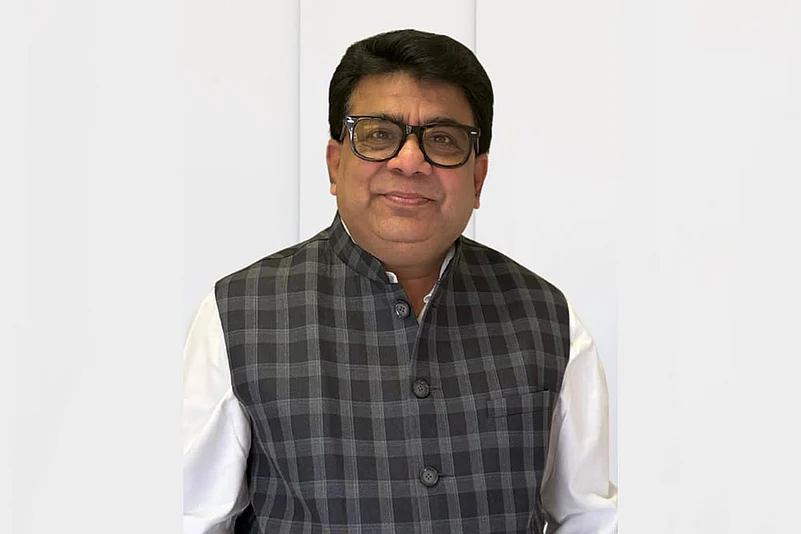When investors consider building wealth, the spotlight often falls on stock picking or market timing. But if history is any guide, those factors play a much smaller role than most people assume. What truly shapes outcomes is how you allocate your money across different types of assets, including equity, debt, gold, and others. This is the essence of asset allocation, and it’s quietly more potent than any headline-grabbing trade.
Research indicates that more than 90% of a portfolio’s long-term performance is influenced by how assets are allocated, rather than by the choice of individual stocks or bonds. Put simply, it matters less which stock you own, and far more whether you’ve struck the right balance between growth and stability in your overall portfolio. From the turmoil of the 2008 financial meltdown to the steep decline during the 2020 pandemic, the Sensex has faced several crises over the last twenty years, yet has shown resilience through repeated recoveries. Investors who stayed the course and diversified their assets saw their wealth grow, while those who panicked and exited their equity holdings missed crucial recoveries.
Diversification is essential, as different asset classes, such as equities and debt, perform well at different times. For example, in 2009, equities surged 78% while debt declined. Just two years later in 2011, equities fell 24% but government securities remained flat. This highlights the importance of spreading risk to avoid being trapped by market fluctuations. Investors often struggle with behaviour that disrupts rational asset allocation, frequently buying high and selling low. This contradicts the discipline required in investing.
What stands out through all of this is that asset allocation is less about trying to predict tomorrow’s market move and more about being prepared for it. No one can predict whether the next quarter will bring a rally or a correction. But everyone can control how their portfolio is positioned to weather either scenario. That, ultimately, is the art and science of allocation. For investors, the lesson is simple but not easy: diversify across assets, review allocations against valuations rather than emotions, and stay focused on long-term goals.
Yet, translating the principle of asset allocation into practice is where the real challenge lies.
It demands not only a clear understanding of market cycles but also the ability to manage greed and fear, consistently rebalance portfolios, and navigate tax implications. All these may be a challenging task for a lay investor. This is where asset allocation based mutual funds come in.
Mutual funds offer one of the most convenient ways to experience asset allocation in a stress-free manner. Investors can explore options such as asset allocator funds, balanced advantage funds or multi-asset funds, to build a disciplined, diversified portfolio that supports a rewarding long-term investment journey. Here professional fund managers take on the responsibility of making asset allocation decisions as per market conditions and lay investors can focus on their financial goals rather than on the daily market noise. Thus this makes disciplined wealth creation more accessible and achievable for investors. Also, one need not worry about the tax implication when changes are made within the portfolio.
In conclusion, asset allocation won’t deliver the thrill of guessing the next multi-bagger stock. What it does deliver is consistency, resilience, and the kind of peace of mind that keeps investors invested when it matters most. And in wealth creation, staying the course is often the biggest victory of all.
Disclaimer: The Views are Personal and not a part of the Outlook Money Editorial Feature













